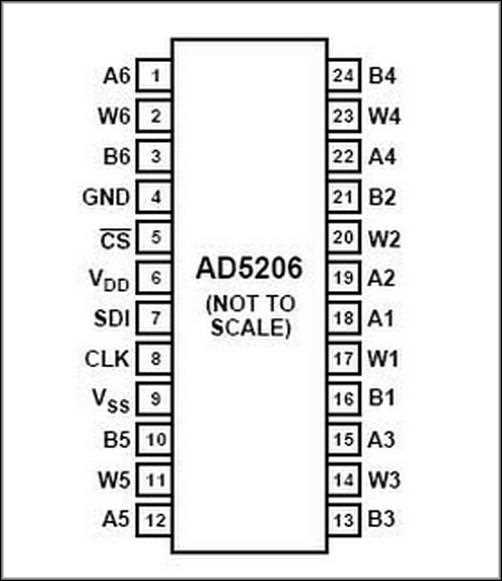
When it comes to electronic systems and circuitry, the ability to control and manipulate signals is crucial. This is where the AD5206 comes into play, providing engineers and developers with a versatile component that enables precise control and customization of resistive elements within their circuits. With its wide range of applications and impressive features, the AD5206 proves to be an invaluable tool in various industries.
One of the key advantages of the AD5206 is its ability to provide high-resolution programmable resistance adjustment. This means that engineers have the flexibility to fine-tune the resistance values in their circuits without the need for physical modifications or cumbersome external components. Whether it is for calibration purposes, signal conditioning, or compensation, the AD5206 offers a reliable and efficient solution that simplifies the design process.
Furthermore, the AD5206 stands out due to its versatility and compatibility with various digital-to-analog converters (DACs) and microcontrollers. This makes it compatible with systems that require multiple resistance settings, such as audio equipment, measurement devices, and industrial control systems. With its ability to interface seamlessly with other components, the AD5206 ensures seamless integration and accurate signal manipulation for enhanced system performance.
In conclusion, the AD5206 proves to be an indispensable component for engineers and developers seeking precise and customizable resistance control in their circuits. Its high-resolution adjustment capabilities, compatibility with other components, and versatility make it a valuable asset in multiple industries. By leveraging the power of the AD5206, engineers can achieve optimal performance and efficiency in their electronic systems.
Overview of the AD5206 datasheet
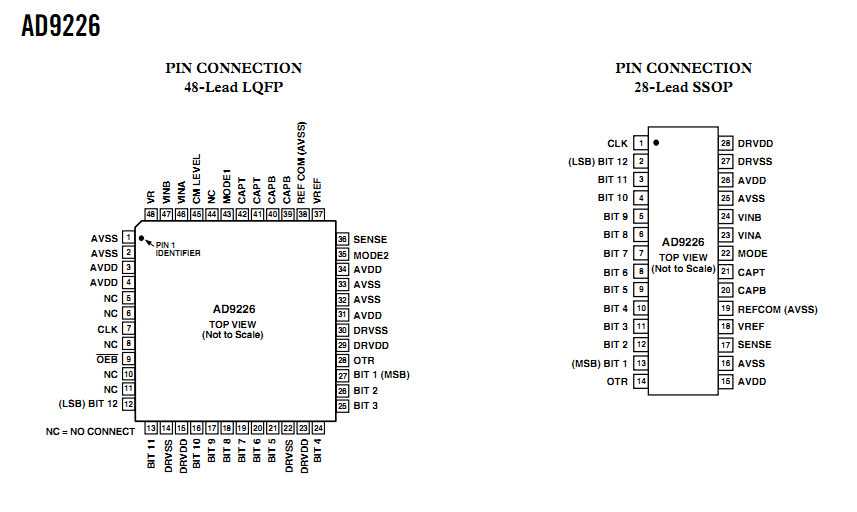
In this section, we will provide an overview of the documentation provided in the AD5206 datasheet, which serves as a comprehensive guide to understanding and utilizing the features of this integrated circuit. The datasheet contains important information such as electrical specifications, functional diagrams, pin descriptions, and application notes.
Key Features
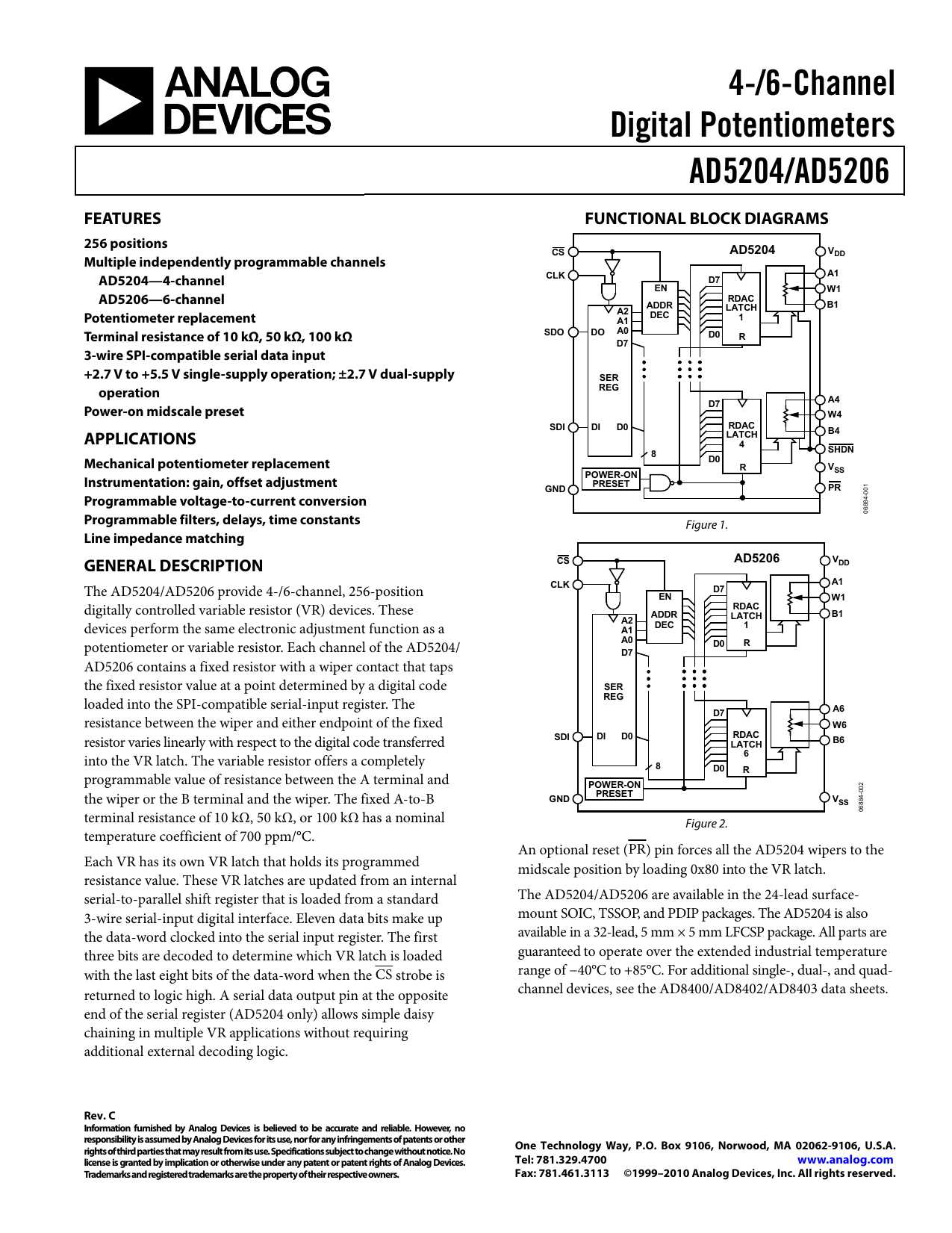
The AD5206 is a multi-channel, digitally controlled analog device designed to offer precision programmable resistance adjustment in a compact form. It provides six independent potentiometer channels, each with 256 wiper positions, allowing for precise and flexible control of analog signals. The device offers a wide resistance range, low temperature coefficient, and high bandwidth, making it suitable for a variety of applications.
Document Structure
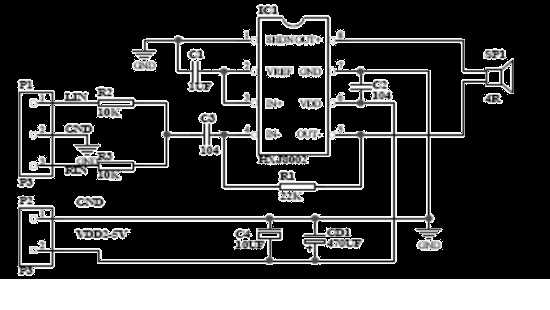
The AD5206 datasheet consists of several sections that provide detailed information on different aspects of the device. These sections include:
| Section | Description |
|---|---|
| Absolute Maximum Ratings | Provides the maximum recommended operating conditions for the device to ensure its reliable and safe performance. |
| Recommended Operating Conditions | Lists the recommended operating conditions, including voltage and temperature, for optimal performance of the AD5206. |
| Pin Configuration and Function Descriptions | Offers a detailed description of the device’s pinout and the functions of each pin, aiding in the understanding of the device’s connectivity and compatibility with other components. |
| Electrical Characteristics | Presents the electrical specifications of the AD5206, including parameters such as supply voltage range, resistance values, current consumption, and interface timing. |
| Application Information | Provides useful application information and example circuits to assist in the integration of the AD5206 into specific designs. |
| Typical Performance Characteristics | Showcases graphs, tables, and diagrams to illustrate the typical performance of the AD5206 under different operating conditions. |
| Revision History | Includes a table that documents the revisions made to the datasheet over time, allowing users to track changes and improvements. |
By consulting the AD5206 datasheet, designers and engineers can gain a comprehensive understanding of the device’s capabilities, limitations, and potential applications. The provided information serves as a valuable resource for successful integration and implementation of the AD5206 into various electronic systems.
Applications of the AD5206
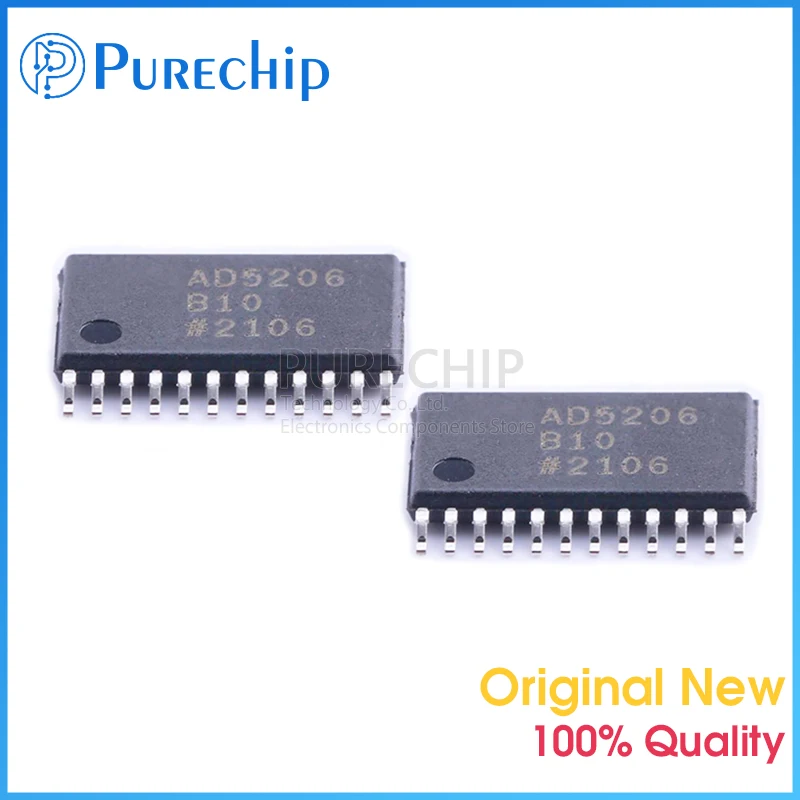
In this section, we explore the myriad functions and potential implementations of the AD5206 electronic component. From its ability to finely tune resistance in various circuits to its versatility in controlling parameters in analog systems, the AD5206 opens doors to a wide array of applications across different industries and technologies.
One prominent use of this component lies in its capacity to regulate voltage levels within circuits, ensuring stable performance and efficient power management. Engineers leverage its precision and reliability in designing power supply units, voltage regulators, and battery charging systems, where maintaining optimal voltage levels is paramount.
Moreover, the AD5206 plays a pivotal role in signal conditioning, where it aids in adjusting signal strength, impedance matching, and noise filtering. Its integration in signal processing modules, audio equipment, and sensor interfaces enhances signal fidelity and overall system performance.
Furthermore, the component finds application in motor control mechanisms, offering precise control over motor speed, torque, and direction. From robotics to industrial automation, the AD5206 contributes to the seamless operation of motors in diverse settings, facilitating precise motion control and synchronization.
Additionally, the AD5206 proves instrumental in calibration processes, providing a means to calibrate sensors, instruments, and measurement devices with high accuracy and repeatability. Its fine adjustment capabilities enable meticulous calibration across a broad spectrum of applications, ensuring consistency and reliability in measurement outcomes.
Lastly, the versatility of the AD5206 extends to its role in audio equipment, where it aids in volume control, equalization, and tone adjustment. Whether integrated into amplifiers, mixers, or audio processors, the component enhances user experience by enabling precise audio customization and fine-tuning.
Specifications:
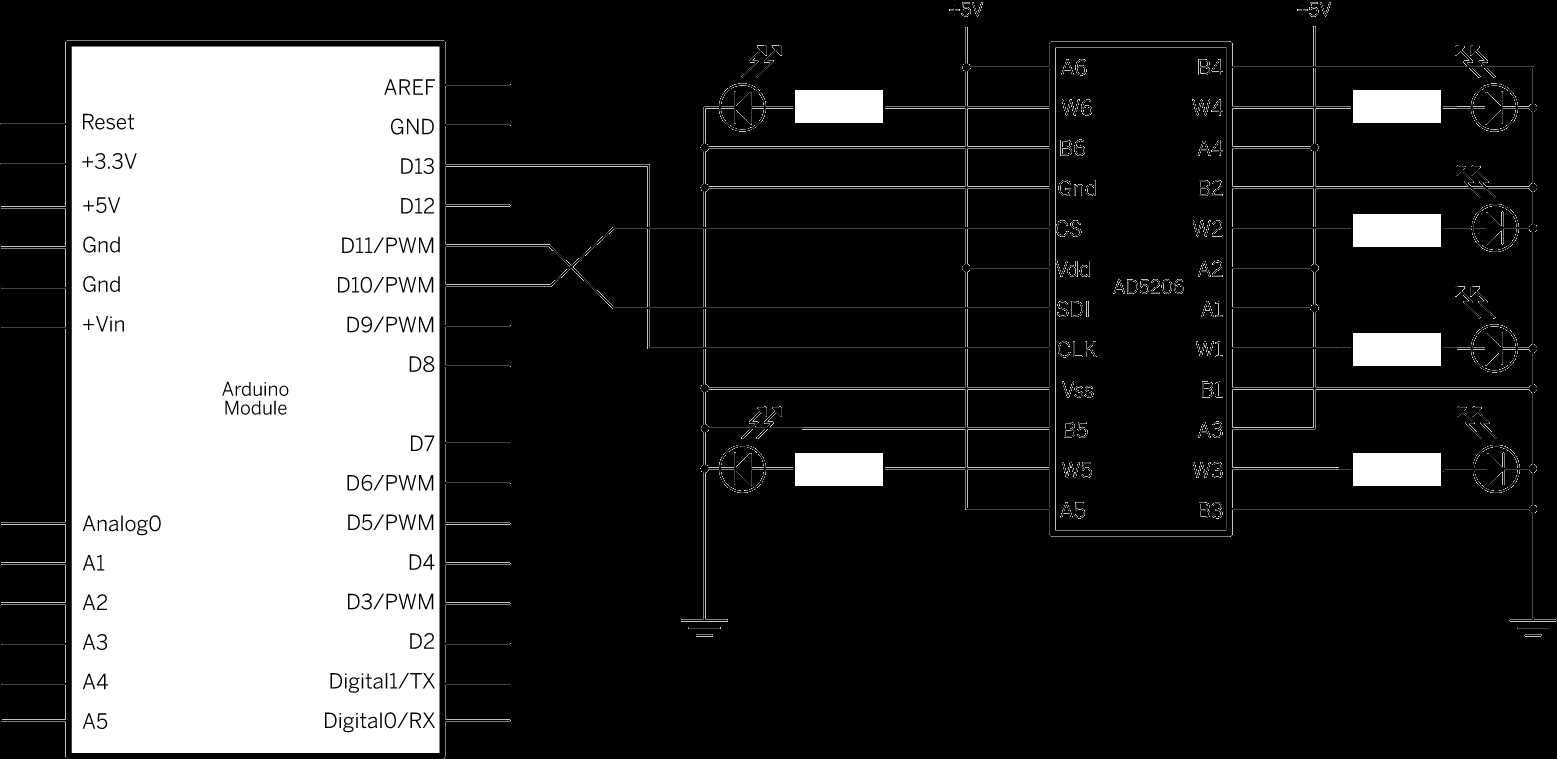
In this section, we will explore the key specifications of the AD5206 integrated circuit. The AD5206, a high-performance, digitally-controlled potentiometer, offers a wide range of features and functionalities. Understanding its specifications will allow us to better comprehend its capabilities and potential applications.
Accuracy and Resolution
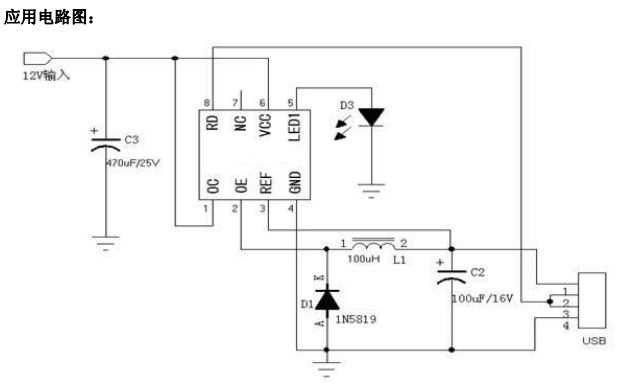
The AD5206 boasts exceptional accuracy and resolution, ensuring precise and reliable performance in various applications. With its advanced technology and design, it achieves high linearity and low total harmonic distortion.
Number of Channels and Resistance Range
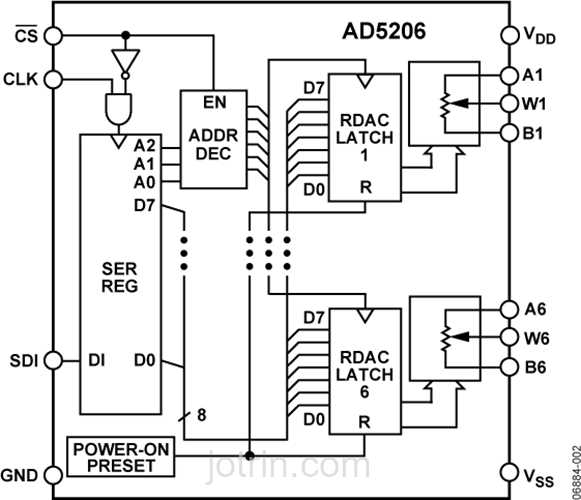
This integrated circuit provides a flexible solution with multiple channels and a wide resistance range. The AD5206 has multiple independent potentiometers, each with its own resistance value, allowing for versatile control and adjustment possibilities.
Furthermore, the AD5206 offers a broad resistance range, enabling it to cater to a wide array of applications. Whether it is fine-tuning audio equipment or adjusting parameters in a testing environment, this range ensures compatibility with diverse use cases.
The AD5206’s specifications contribute to its versatility and ability to meet various requirements. Its accuracy, resolution, number of channels, and resistance range make it an ideal choice for applications ranging from audio systems to industrial automation.
Pin configuration and functionality of the AD5206
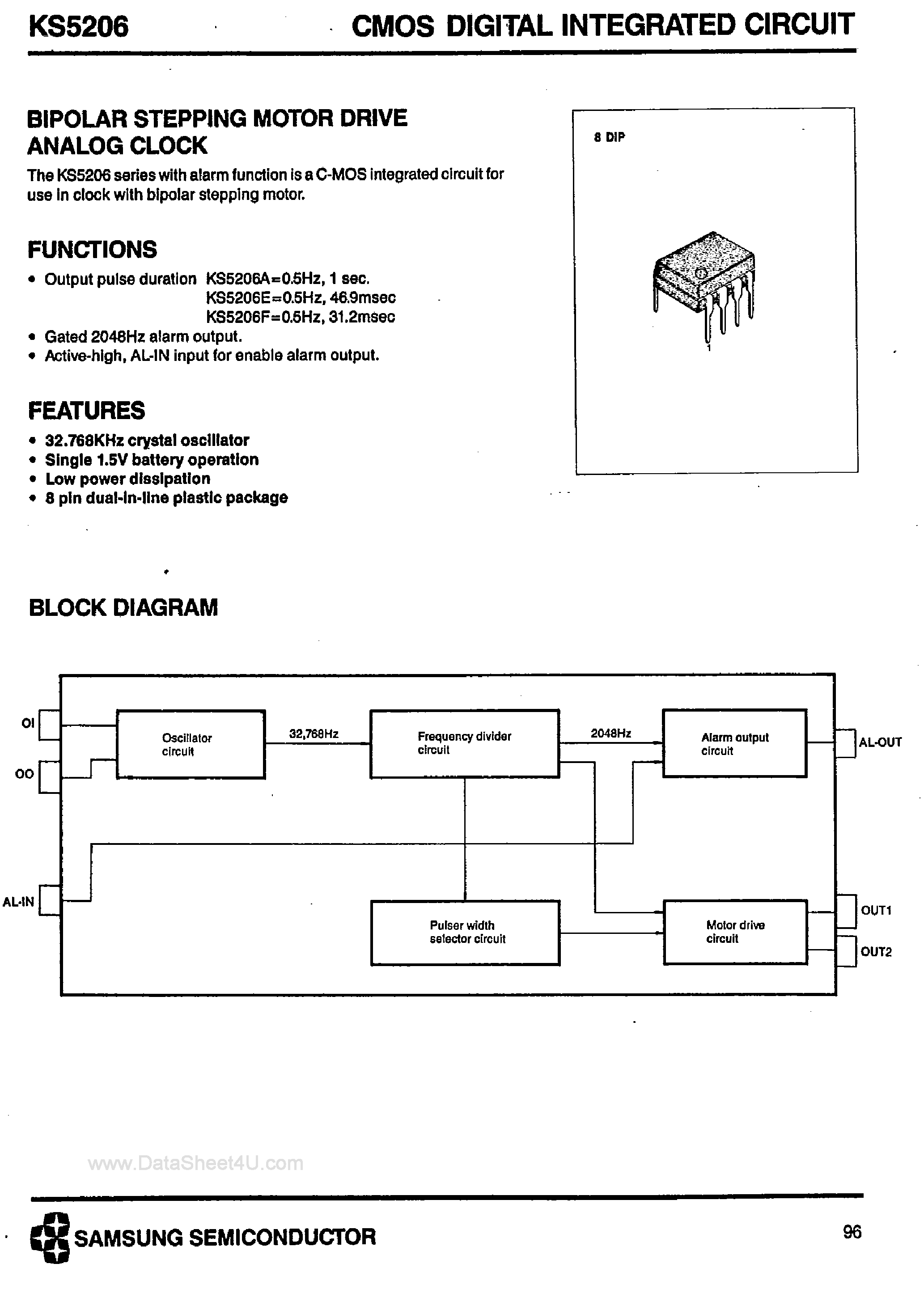
The AD5206 is a versatile integrated circuit that offers multiple programmable resistors in a compact package. This section will provide an overview of the pin configuration and the functionality of the AD5206, allowing users to understand its key features and potential applications.
- Pin 1: VDD – This pin is used to supply power to the AD5206. It is recommended to connect this pin to a stable voltage source within the specified operating range.
- Pin 2: GND – This pin serves as the ground connection for the AD5206. It should be connected to a reference ground potential.
- Pin 3: A1 – This pin is part of the address input configuration, which allows for multiple AD5206 devices to be used in a multidigit setup. It should be connected to either VDD or GND to set the desired address.
- Pin 4: A0 – Similar to Pin 3, this pin is also used for address input selection and should be connected to VDD or GND accordingly.
- Pin 5: CS – The chip select pin enables or disables the AD5206. A low logic level activates the device, while a high level puts it in a standby mode.
- Pin 6: U/D – The up/down control pin determines the direction of wiper movement. A high logic level incrementally increases the wiper position, while a low level decrements it.
- Pins 7-12: W0, W1, W2, W3, W4, W5 – These pins are the wiper outputs for the six programmable resistors of the AD5206. They provide access to the resistance values via the wiper connection to an external circuit.
This pin configuration allows the AD5206 to be easily integrated into various applications, such as digital potentiometers, gain controls, sensor calibration, and more. By understanding the functionality of each pin, designers and engineers can effectively utilize the AD5206 to meet their specific circuit requirements.
Electrical characteristics of the AD5206
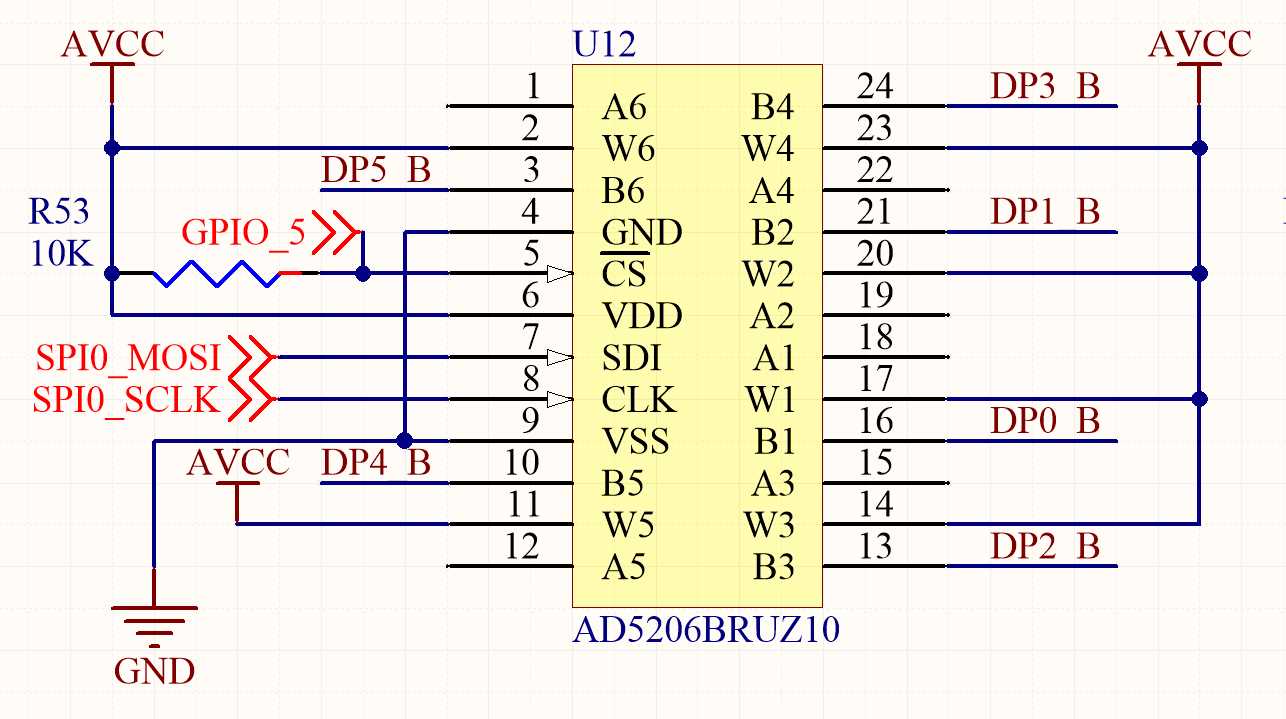
In the realm of electrical engineering, understanding the key electrical characteristics of a component is paramount. This holds true for the AD5206, a highly versatile device with a wide range of applications. Examining its electrical characteristics provides crucial insights into its performance and compatibility with various systems and environments.
Impedance: The AD5206 offers a low impedance output, ensuring efficient signal transfer and minimal power loss. Its impedance characteristics enable seamless integration into complex circuits, guaranteeing reliable and high-quality electrical connections.
Voltage Range: The AD5206 operates within a wide voltage range, allowing for flexibility in different power supply configurations. Its ability to handle various input voltages makes it suitable for diverse applications, from consumer electronics to industrial machinery.
Resistance Tolerance: This feature defines the accuracy of resistance values the AD5206 can provide. With a high resistance tolerance, it guarantees precise and consistent resistance values, critical for applications that rely on accurate signal attenuation and control.
Temperature Coefficient: The AD5206 exhibits a stable temperature coefficient, ensuring reliable performance under varying temperature conditions. Its resistance values remain consistent, minimizing potential distortions in signals caused by temperature fluctuations.
Power Consumption: The AD5206 is known for its low power consumption, making it energy-efficient and suitable for battery-powered devices. Its optimized power usage contributes to prolonged battery life, allowing for extended operation without frequent recharging or replacement.
Understanding the electrical characteristics of the AD5206 empowers engineers to make informed decisions regarding its implementation in their designs. By considering factors such as impedance, voltage range, resistance tolerance, temperature coefficient, and power consumption, engineers can ensure optimal performance and compatibility in a wide range of applications.